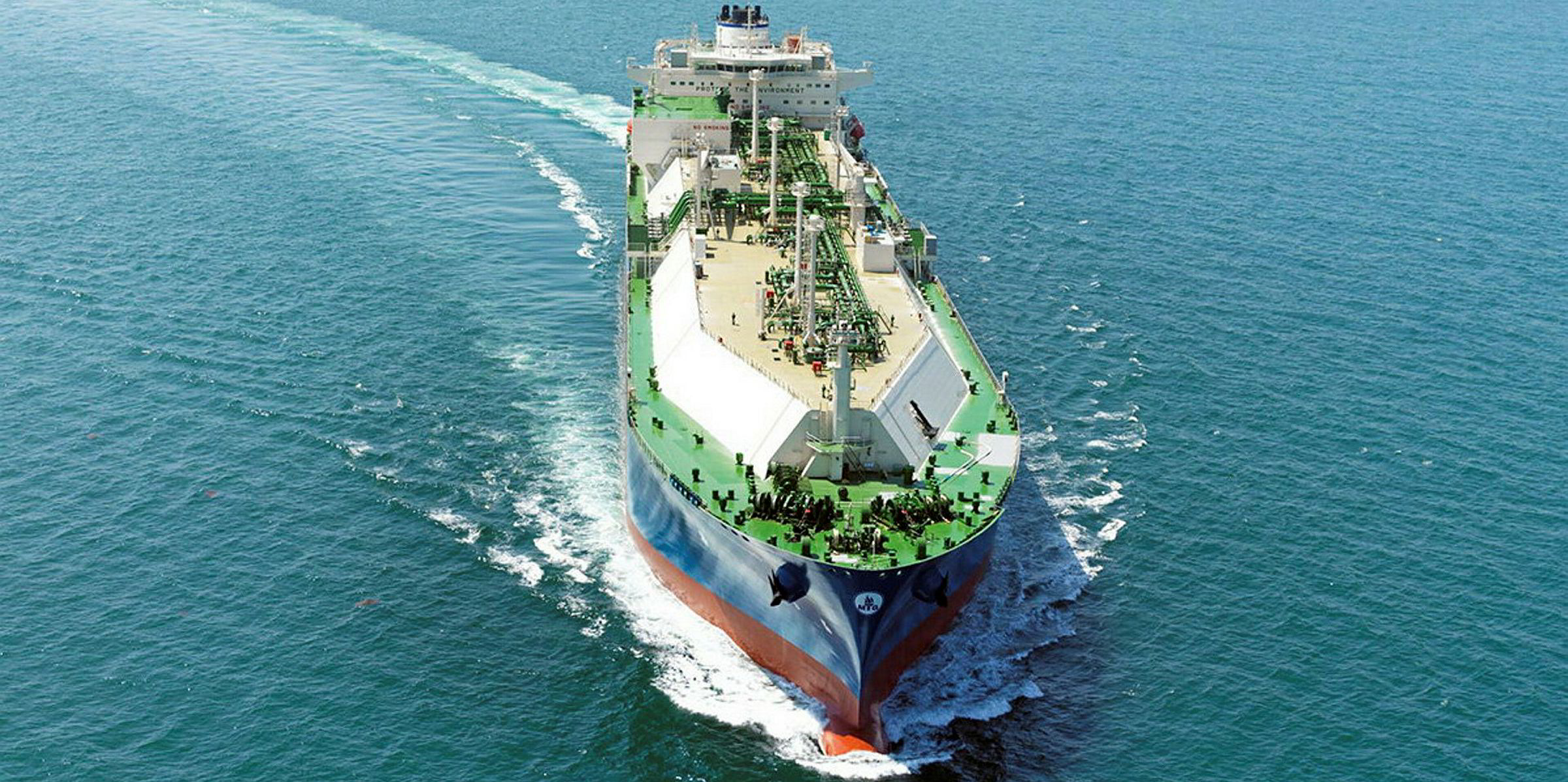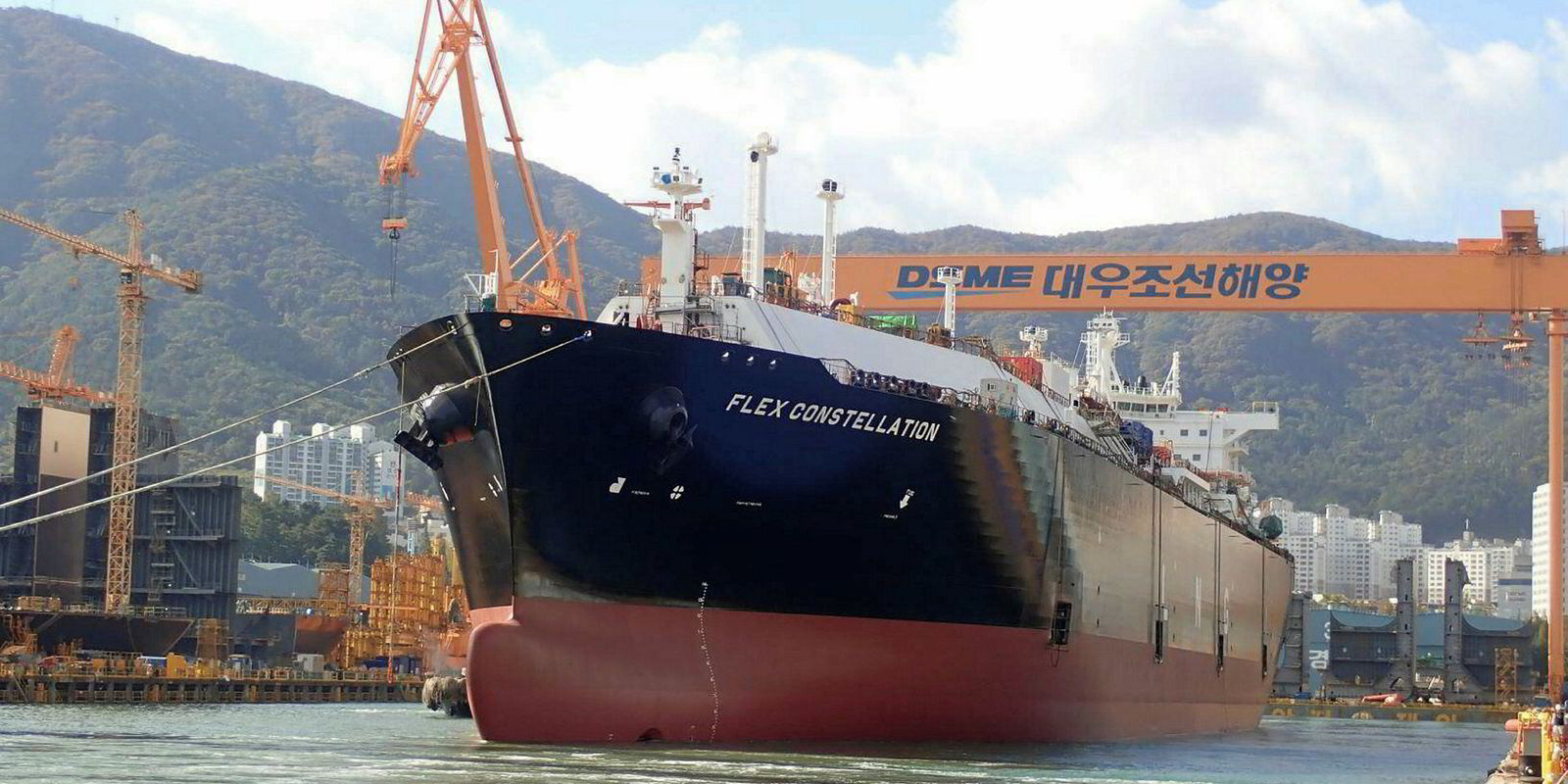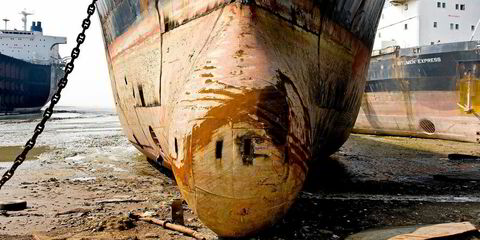Spot charter rates for modern LNG carriers have slipped below the six-figure mark after a slow end to activity in 2018 continued into the first week of the new year.
Brokers said daily levels for gas-injection vessels are now in the $90,000 range, although few fixtures have been concluded to benchmark this against and new enquiries have proved slack to date.
The Baltic Exchange dropped its trial LNG rate assessment — BLNG1 — for a Gladstone-to-Japan round voyage on a 160,000-cbm tri-fuel diesel-electric vessel to a daily rate of $85,000. This is down by about $45,000 per day since it was last quoted in December.
Massive drop
It represents a huge fall from the $205,574 per day quoted for BLNG1 at the start of November.
Rates for steam-turbine LNG ships are down at around the $60,000-per-day mark.
Despite the falls, rates at these levels reflect relatively strong returns for shipowners, market watchers said. Aside from the steamy numbers in the fourth quarter of last year, rates have not touched these heights since 2014.
Details of recently concluded fixtures were still emerging this week.
Brokers said trader Gunvor fixed the 174,000-cbm Flex Rainbow (built 2018) in the Atlantic for spot business although the rate was unknown.
Fresh time-charter business is also proving slow to emerge.
West African producer Nigeria LNG has taken a vessel on charter for six months, with options to extend the hire for a similar period.
Last month, Shell announced it had chartered in six vessels on multi-year deals, comprising four ships from TMS Cardiff Gas and two from Sovcomflot (SCF Group).

At the time, no rate or period was given. Details have since emerged that TMS Cardiff Gas’ ships were fixed at rates in the region of $66,000 per day for seven-year periods with options to extend the hire for two periods of three years.
'Intra-company deal'
Elsewhere, brokers reported the 180,000-cbm SK Resolute (built 2018) as fixed to Yamal Trade for six months at $96,000 per day. But, they added, the shareholder crossovers between the shipowner and project mean this is being seen as more of an intra-company deal.
Rates started to soften in December as vessels were redelivered to the Pacific, some having had long waits for laden tonnage off Chinese terminals.
But for the largest modern vessels, rates largely held up at more than $100,000 per day. Shipowners said they see the current rate drop as “a temporary blip” but question whether it will last weeks or months.
Industry players suggest rates could soften further in the next few weeks but point to previous years when they rallied after the turn-of-the-year break.
Added to this, 2019 has been widely forecast to be a strong year for LNG carriers as an influx of additional 42-million tonnes of LNG, most of it destination-free volumes from the US, comes onstream.







